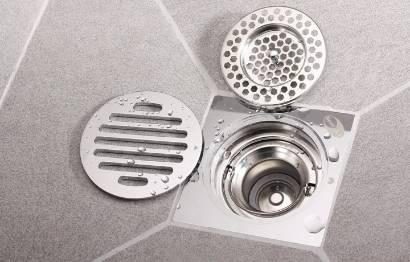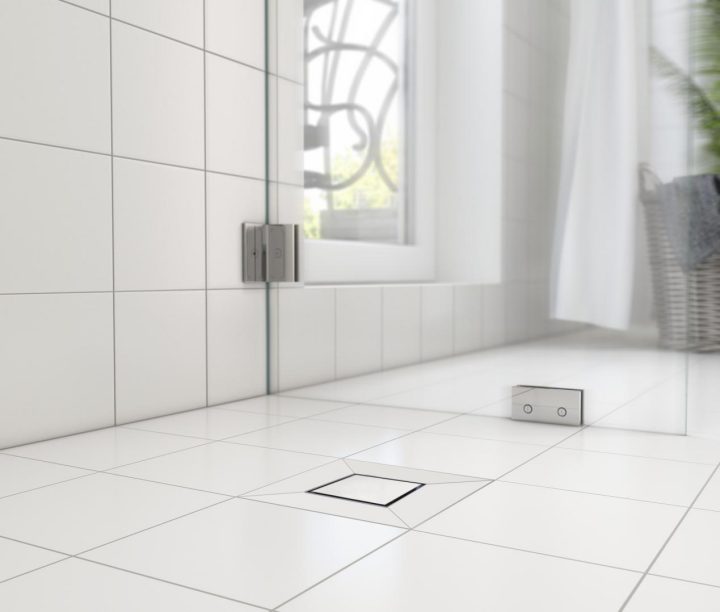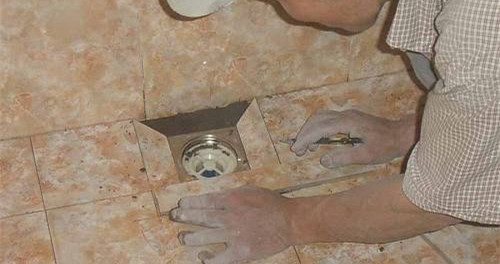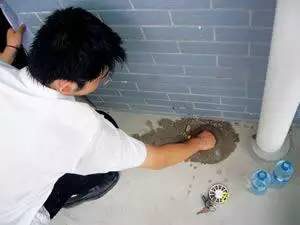Xiao Xin Bathroom Headline
Do-it-yourself abundance, floor drain installation process to know.
Leaving everything to the renovation company is certainly peace of mind, but it can also cause a lot of problems for later use. After all, installing it yourself is the most reassuring, especially when it’s such an important part of the process as a bathroom floor drain, and the steps to install a floor drain aren’t complicated. Next, we’ll take a look at the process of installing a floor drain together.
Process 1: Check the drain
Before installing a floor drain, the drain should be checked for blockage. Before putting in the drain, the drain should be protected. The drain should not be blocked by foreign objects or debris.
Process 2: Installing a fixed floor drain
The floor drain installation is usually done at the same time as the floor tile paving, choose the corresponding size of the floor drain. Put a layer of cement on the opposite side of the floor drain panel, then align the water outlet and cover the floor drain panel to fix it.
Process 3: When installing kitchen and bathroom floor drain, pay attention to slope treatment
When installing floor drain in kitchen and bathroom, we must pay attention to the slope. “Water flows downward”, this truth is believed to be understood by everyone. The same goes for the kitchen and bathroom going water. When paving, you need to make a certain slope around the floor drain, so that the water flows down naturally.
Process 4: Installation and acceptance of the floor drain
Install the floor drain and seal the edge with glass glue or adhesive, and inspect the floor drain. Flood water into the floor drain to check the drainage capacity. Pour water around the drain to check that the slope is reasonable. Try to remove the sealing core to see if it is covered with cement.
The bathroom is the most problematic part of the house after renovation, and if the floor drain is blocked, it can cause odors and other problems, so homeowners and friends, it’s a good idea to see a floor paver install a bathroom floor drain. This will save you from future trouble and save the accident of poor drainage.
The installation of the root cause of the problem is easy to solve. If the drain itself is slow to drain and does not prevent odor, you may have to face the problem of daily stench and drown your feet in the shower, so you may want to look at the “Jindal drain” with its large water seal to prevent insects and odor. Similar to the siphoning principle of a toilet, the drainage water is sucked away. The large drainage capacity prevents dirty water from being stored in the water seal. A clean water seal is more comfortable, so take a bath and say goodbye to drowning feet.
 VIGA Faucet Manufacturer
VIGA Faucet Manufacturer 



